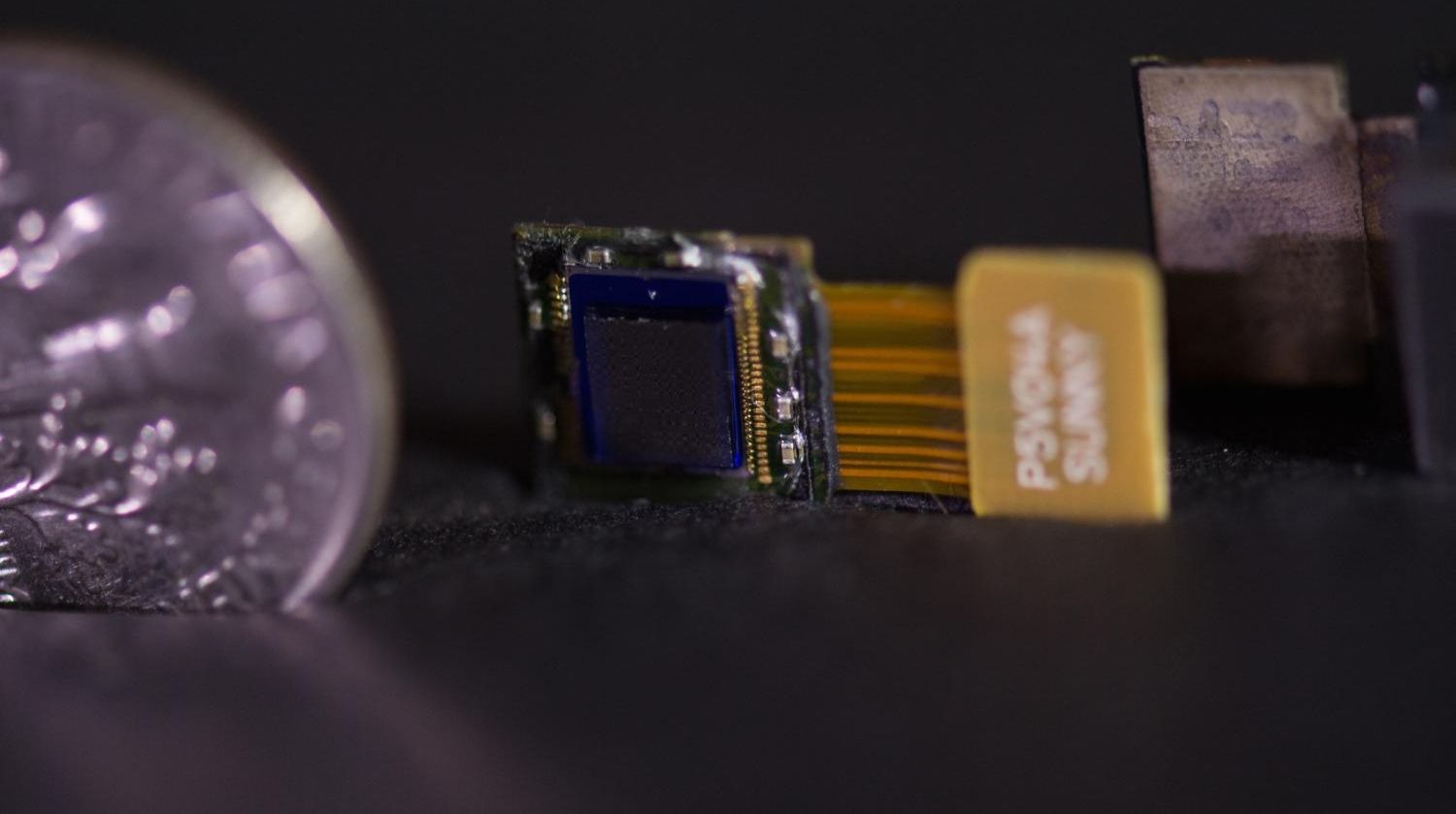Researchers in Sweden have developed fully functional cyberplants, living plants which are engineered to host analog and digital electronic circuits, and the leaves can change colors. Using the vascular system of living roses, which distributes water and nutrients, the researchers were able to build key components of electronic circuits inside of the plants.
Get the latest international news and world events from around the world.

There’s a mission to this mysterious water world that could detect the first alien life
In February, NASA announced that it was investing in a $2 billion mission to Europa — a tiny moon of Jupiter that is one of the most likely places for life beyond Earth.
Their spacecraft, called the Europa Multi-Flyby Mission, would orbit Jupiter, taking frequent passes by Europa for a close look at its surface.
But there is another important piece of the puzzle that NASA is exploring, and in a recent conversation with US Rep. John Culberson (R-Texas), Ars Technica’s senior space editor, Eric Berger, reported the details — it’s a lander and it could be the key to discovering the first extraterrestrial life.

Audi claims 25% of its cars will be electric in 10 years
It was an audacious statement, but there it was.
Audi expects that 25 percent of the cars it sells just 10 years hence will be either battery-electric or plug-in hybrid models.
And it came directly from Scott Keogh, president of Audi of America, in front of a packed media audience at the Los Angeles Auto Show.
BITNATION @ The Keiser Report
BITNATION : Governance 2.0
Bitnation provides the same services traditional governments provides, from dispute resolution and insurance to security and much more.
In this edition of The Keiser Report, Max Keiser interviews Susanne Tarkowski Tempelhof about BITNATION.

No lens? No problem for FlatCam
How thin can a camera be? Very, say Rice University researchers who have developed patented prototypes of their technological breakthrough.
FlatCam, invented by the Rice labs of electrical and computer engineers Richard Baraniuk and Ashok Veeraraghavan, is little more than a thin sensor chip with a mask that replaces lenses in a traditional camera.
Making it practical are the sophisticated computer algorithms that process what the sensor detects and converts the sensor measurements into images and videos.

Underwater balloons could give us a new way of storing renewable energy
While solar or wind farms are now contributing more energy than ever to the world’s power supply, traditional energy sources are often required at peak times or to supplement renewable sources during dips in availability — at night, for example. So Canadian startup Hydrostor has invented a system of pressurised underwater balloons that can store renewable energy until it’s needed, which could reduce the need for diesel or gas as a back-up source of power.
The company says its solution can last twice as long as the best batteries we have today, and at a much lower cost. The first facility has been set up in Lake Ontario near Toronto, with a series of balloons set 55 metres under the surface of the water and connected to the power grid via a pipeline.
“Compressed air’s been around for 40 years,” Hydrostor CEO Curtis VanWalleghem told Canadian Manufacturing. “It’s finding places to store the air that’s been the problem [and] why it hasn’t been massively adopted. We open it up to thousands more sites because we use hydrostatic water pressure.”